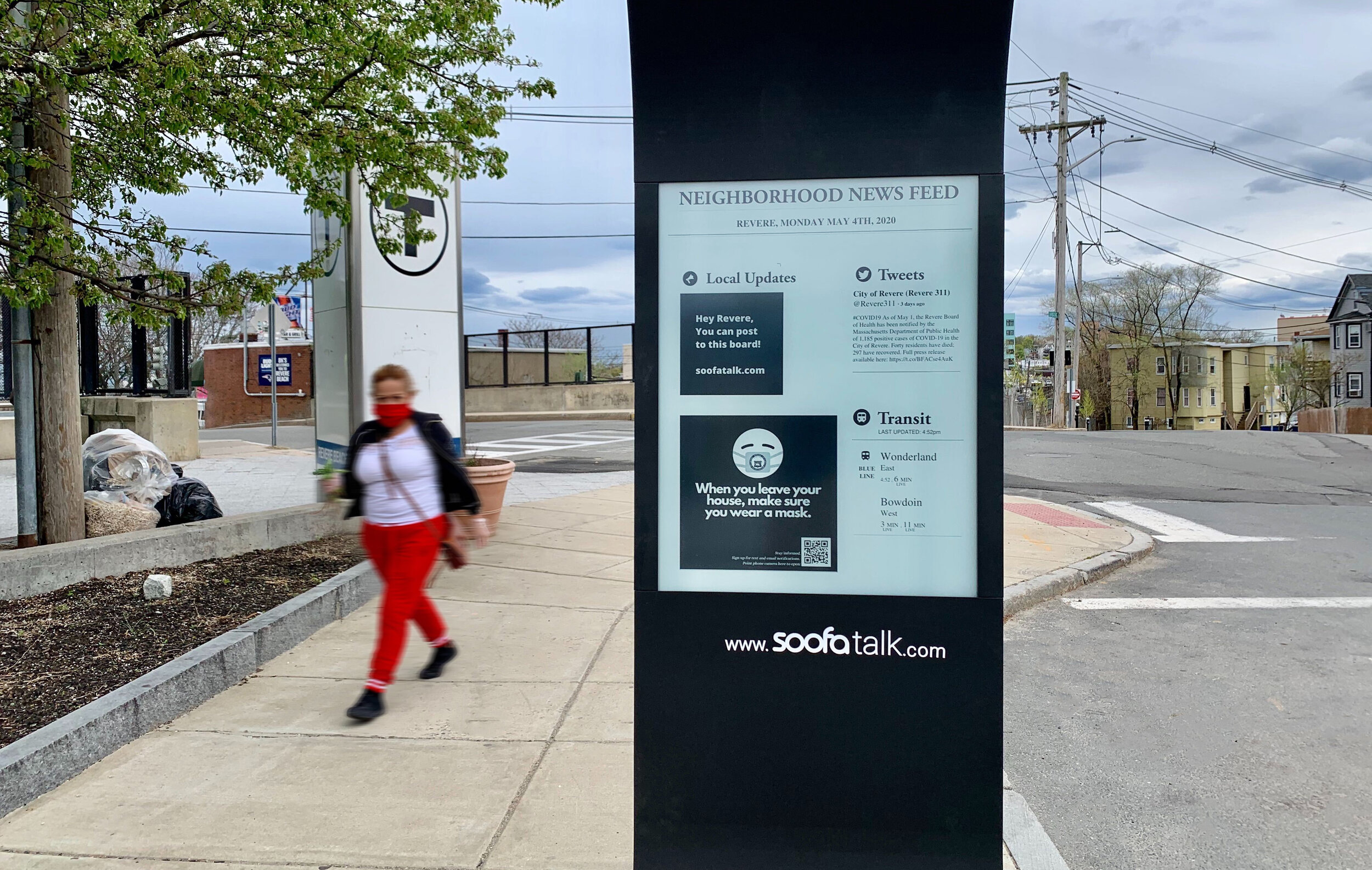A Few Ways Cities Can Use the Third Round of COVID Relief that is coming.
Now over a year into the COVID-19 pandemic, a third federal COVID-19 relief package—the American Rescue Package—has been signed into law. With it comes additional funding reserved specifically for city governments to spend as needed.
The funds, which must be spent by December 31, 2024 can be used to cover costs associated with the following:
Responding to the public health emergency and negative impacts of the COVID-19 pandemic, including assistance to households, small businesses, and nonprofits as well as aid to affected industries such as tourism, travel, and hospitality
Providing premium pay to eligible essential government workers
Providing government services previously reduced due to pandemic-related revenue shortfalls
Making necessary investments in water, sewer, or broadband infrastructure
While there’s many ways local governments may choose to use these funds, many will likely prioritize projects that accomplish multiple goals. Here’s a few ways cities have used relief funding to address the impacts of the pandemic and improve their infrastructure.
Bridge the Digital Divide With Technological Support
The City of Portland used its CARES Act dollars to provide technology packages—complete with devices like tablets and laptops, internet or WiFi access, and technology training—to BIPOC communities and people with disabilities. In an effort to heighten accessibility to these resources, the City of Portland set aside funds for translation services to provide materials in eleven languages. In addition, the city included assistive devices like large-print keyboards, styluses, and wheelchair mounts in the technology packages.
Increase Availability of Telehealth Offerings
With non-emergent medical appointments having gone virtual, the State of Missouri allocated $5.25 million to increasing access to telehealth appointments for vulnerable populations.
Invest in Cleantech
In an interview with Smart Cities Dive, Matt Petersen, CEO of the Los Angeles Cleantech Incubator, makes the case for using funding to invest in cleantech sectors, such as electric vehicles and charging stations or renewable energy access from wind or solar sources. Doing so, Petersen argues, can not only help cities combat the imminent climate crisis, but can also increase access to jobs and kick-start the economy, saying “Startups and small businesses are the engine for every local economy, so how do we put them back to work and provide them with access to capital?"
Bring Important Information Outdoors
The shutdown of community centers and public spaces—including municipal buildings, schools, and public libraries—has further exacerbated the digital divide during the pandemic. The Town of Winthrop and Town of Amherst both used CARES Act funds to bring hyperlocal information and public health updates into the outdoors using the Soofa Signs, increasing equity of access to information about community resources, public health guidelines, and other important updates.
As the vaccine rollout continues, public health advisories evolve, and businesses begin to open with larger capacities, keeping constituents up to date on these changes and other local information is increasingly important. A survey conducted by OAAA and The Harris Poll found that:
71% of people surveyed said that outdoor public safety messaging made them feel informed and safe
51% of respondents reported noticing outdoor signage about public safety overall
29% of people surveyed said they’ve learned new public health information about COVID-19 from outdoor signage
Looking to improve your city’s communications and smart city infrastructure using COVID relief funding?
Get in touch with our team to learn more about Soofa Signs.


